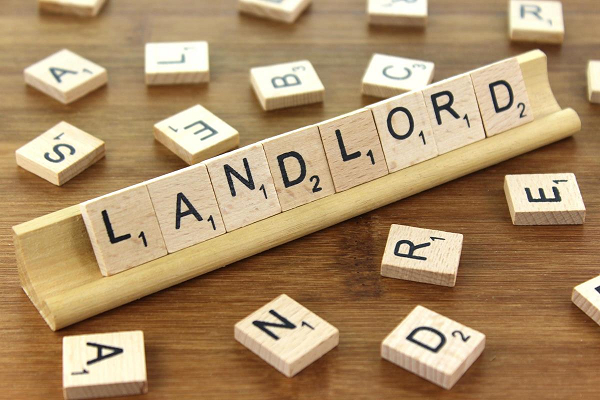70% of Landlords Still Own Properties with an EPC Rating of D or Lower

Time is ticking for landlords to get on board with the government’s new minimum energy efficiency ratings, set to come into force by April 2025. At this point, it will be a legal requirement for all rental properties in the UK to have an EPC energy rating of C or higher.
Those who fail to meet the new requirements face heavy fines and will be legally barred from allowing tenants to reside on their properties.
Even so, research conducted by Shawbrook suggests that around 70% of UK landlords still have properties in their portfolio with an EPC rating of D or lower. Worse still, almost four in ten (38%) of landlords have portfolios that consist exclusively of rental properties with a D rating or less.
As things currently stand, landlords are able to let out properties to tenants with a D rating or higher. But as this is considered insufficient to support the UK’s ambitious energy-efficiency goals for the next decade, all rental properties will be legally required to have a minimum C rating in England and Wales by April 2025.
On the whole, the UK is aiming for a sizeable 80% reduction in overall emissions by 2050.
Average costs are increasing
The longer private landlords wait to make the necessary improvements to their properties, the higher the likelihood they will face higher costs to do so. It is currently estimated that the average cost of bringing a D (or lower)-rated property up to a C standard is around £2,000. But as material and labour costs continue to increase, these costs are almost certain to rise over the course of time.
Among landlords who still have an active mortgage, almost 80% own at least one property that does not meet the upcoming C rating requirement. Given the time required to organise and conduct what can often prove to be the extensive renovations required to bring a property up to scratch, landlords are once again being urged to take action as soon as possible, rather than waiting until the last moment.
“It’s likely that efficiency standards will become tougher in the future, which is just one of the reasons that landlords should take note of these proposals and start making a plan,” warned Emma Cox, Managing Director of Real Estate at Shawbrook.
“Landlords should know that they are not alone in this. Lenders, including Shawbrook, are working hard to help drive awareness of regulatory change, support creative product options, and offer practical support to customers and partners.”
“Standard products like bridging finance can also play a role in securing the future of the sector.”
“During such a challenging period for the UK in general, we remain committed to bringing together all industry stakeholders to develop the conversation around EPC and to make real progress towards our shared goals”.
The most energy-efficient property improvements
With government incentives available for a limited time only, landlords stand to make considerable savings on a wide range of energy-efficient home improvements by acting early.
Some of the most popular improvements landlords already make to their less energy-efficient homes include the following:
- More efficient insulation.
- Larger windows and doors.
- Draught exclusion.
- Double or triple glazing.
- Solar panels.
- Upgraded lighting.
- Rainwater harvesting.
- Heating, recovery, and ventilation systems.
- Smart boilers and heating systems.
- Appliance upgrades.
With bridging finance, such upgrades can be funded with a fast-access, short-term loan designed for prompt repayment after six to 18 months.




 0116 402 7982
0116 402 7982